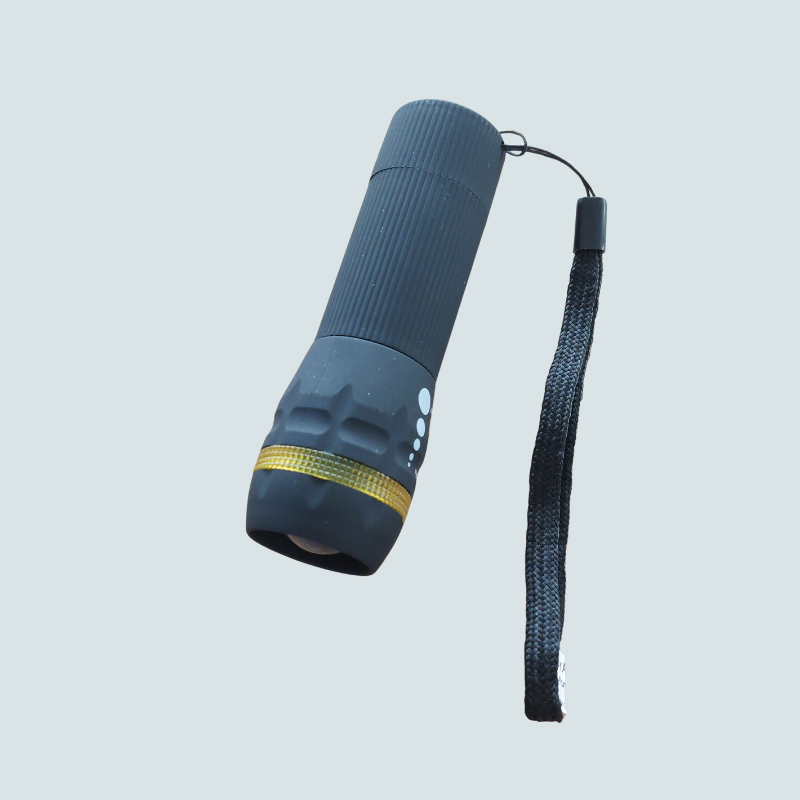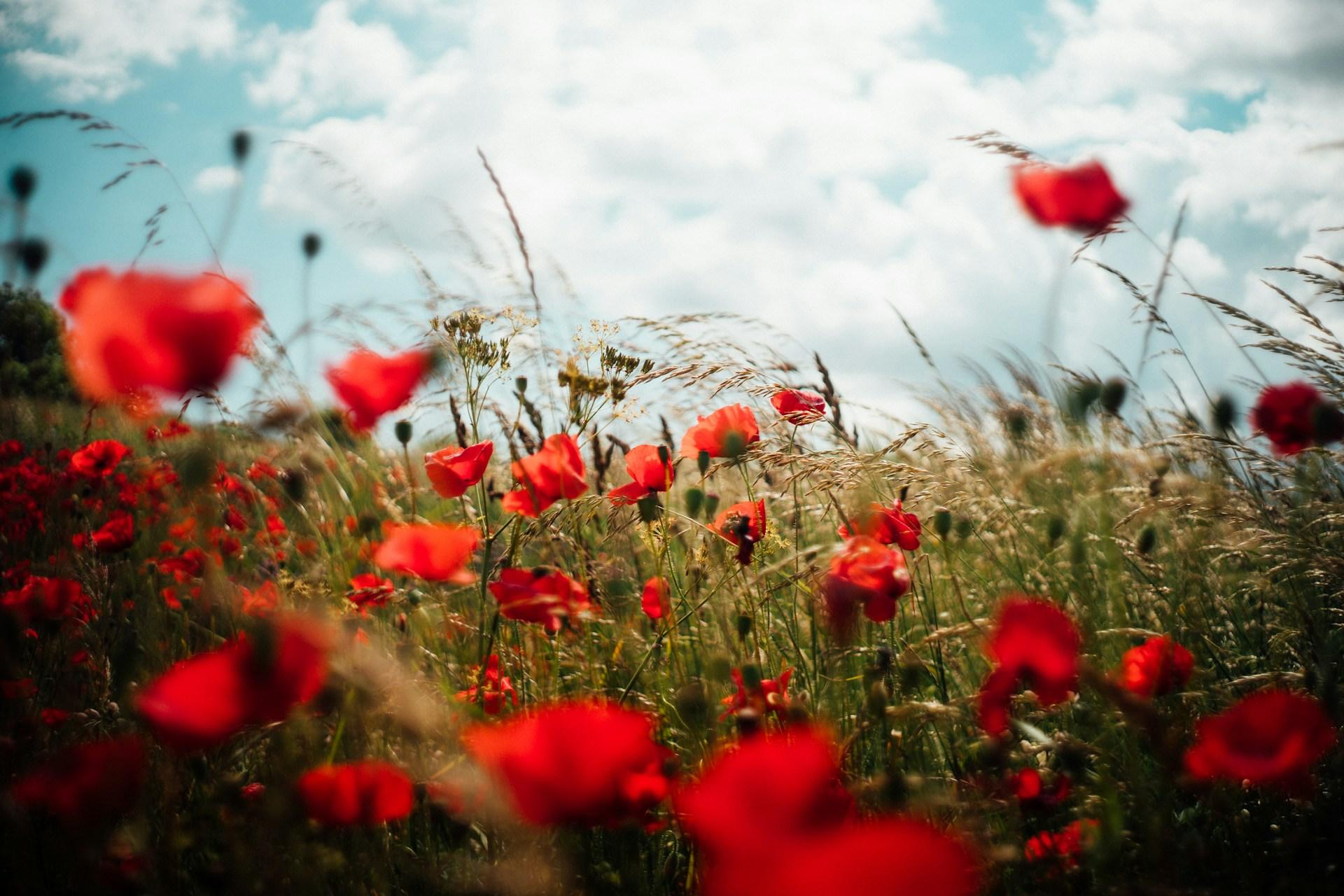Making sure you are well prepared to prevent or deal with an emergency at home.
Fire protection is important – In Sweden, approximately 20,000–25,000 residential fires occur each year, and rescue efforts are required in just over 6,000 of them.
In the vast majority of cases, you’ll manage to put out the fire yourself if you have a plan on how to deal with the situation and have suitable equipment near by.
Most people will probably have as a minimum smoke alarms installed at home, which is a good start – but do you have fire blankets and fire extinguishers and do you know if they are the right type?
Take a minute to assess what you have, and what you may need.
Now whether you are thinking about what you have at home or where you are going to be spending your summer vacation, take some time to review your fire protection set-up.
Check that you have fire extinguishers on all floors and that they are properly located and pressurised. Also, consider how you will get out of the house if it were to catch fire i.e. where would you be able to exit the house safely, are there any obstacles that need to be moved, if you need to exit via an upper floor window is there anything below the window that needs to be moved to prevent injury if you jump?
Then talk as a family about what you should do if a fire starts. Does everyone know where the fire extinguishers are, how to use them, how to get out and where to gather?



What do you need to plan for?
Smoke Alarms
Designed to detect the presence of smoke, which is typically an early indicator of a fire. Most use a photoelectric sensor, so as smoke enters the optical chamber it scatters the light beam, which then hits the sensor and triggers the alarm. There are also available hearing impaired alarms equipped with strobe lights and/or vibrating pads to alert those with hearing impairments.
Fire Blankets
Made of fire-resistant materials, these are used to smother small fires or wrap around a person whose clothes are on fire. Keep them in the kitchen, near fireplaces or packed in the car or caravan.
Fire Escape Ladders
Portable ladders designed for upper-story windows, providing a safe exit out of the window in case of a fire. You’ll need to hook the ladder over the window fame and climb down to the ground below.
Emergency Lighting
Battery-operated lights that automatically turn on during a power outage, illuminating escape routes.



Fire extinguishers
A portable device designed to extinguish or control small fires, they are normally a pressurised container filled with an extinguishing agent that can be discharged to put out flames. Important to always check that the pressure gauge indicates that extinguisher is on green, to show that it is properly pressurised.
Classification of fire extinguishers
According to the European standard SS-EN 3, hand-held fire extinguishers are divided into the following classes:
Class A: Fires in solid materials, mainly organic substances, which are normally burned so that they become embers, for example wood, paper, textiles and more.
Class B: Fires in liquids and solids that can take liquid form such as petrol, oil, certain plastics and more.
Class C: Gas fire
Class F: Burning cooking oil
Types of fire extinguishers
- Powder extinguishers can be classified for ABC or BC. ABC powder is an incendiary powder that can be used for all existing fires, except metal fires.
- Foam extinguishers contain water with an added foam liquid. A foam extinguisher effectively extinguishes fires in fibrous materials, solids and burning liquids. Foam extinguishers are class AB fire extinguishers.
- Water extinguishers contain water with additives and effectively extinguish fires in fibrous and solid substances. Fire extinguishers of this type must not be placed where there is a risk of freezing. Water extinguishers are always class A.
- Grease (cooking oil) extinguishers are specially developed for grease fires in kitchens, the extinguisher consists of a potassium-based salt solution that reacts with the grease and forms a soap-like film. The grease can spontaneously ignite after extinguishing if it is not cooled or if the extinguishing agent does not remain on the surface. Grease extinguishers are classified A and F.
What to choose?
To indicate how big a fire a hand-held fire extinguisher can put out, they are rated for efficiency. A 6 kg powder extinguisher with efficiency class 55A 233B C can handle all common fire types and is therefore the one most often recommended.
Buy Better Quality For Less
Different items arriving daily. New & Unused, and Second hand.
Fire protection checklist – read through and assess how well prepared you are for an emergency.
1. Smoke Alarms and Detectors
- Install smoke alarms on every level of your home, including inside bedrooms and outside sleeping areas.
- Test smoke alarms monthly to ensure they are working correctly.
- Replace batteries in smoke alarms at least once a year, or when the alarm chirps, indicating low battery.
- Replace smoke alarms every 10 years or as recommended by the manufacturer.
- Carbon Monoxide Detectors can be placed near sleeping areas and on each level of the home to detect this odourless, colourless gas.
2. Fire Extinguishers
- Place fire extinguishers in accessible locations, particularly in the kitchen, garage, and near any fireplaces.
- Ensure fire extinguishers are rated for all types of fires (A, B, and C).
- Check the pressure gauge monthly to ensure it is in the green zone.
- Instruct household members on how to use a fire extinguisher properly (PASS method: Pull (the pin out of the handle to be able to discharge the extinguisher), Aim (at the base of the fire, not the flames), Squeeze (the handle to release the pressurised extinguishing agent), Sweep (from side to side until the fire goes out)).
3. Escape Plan
- Develop an escape plan with different ways out of each room.
- Designate a meeting place outside the home where everyone can gather after escaping.
- Practise and familiarise the escape plan with all household members.
- Ensure all windows and doors can be easily opened from the inside.
- Place if necessary emergency lighting on exit routes that are battery powered in case the electricity fails to come on because of a power outage. Or keep close to hand a flashlight.
4. Fire Ladders and Exits
- Have a fire escape ladder for upstairs, one that you can unravel, hook over the window frame and drop down to the ground below.
- Keep escape routes free of clutter and obstacles.
- Ensure exit doors are easily accessible and opened.
5. Electrical Safety
- Check electrical cords and wires for fraying or damage and replace them if necessary (this is especially important if your summer house has had rodents that may have chewed wires while you have not been there).
- Avoid overloading electrical outlets and use power strips with surge protectors.
- Unplug appliances when not in use, especially high-wattage appliances like heaters and irons and remember to unplug appliances during an electrical storm.
- Hire a qualified and licensed electrician to inspect your wiring if you notice flickering lights or frequent blown fuses.
6. Heating Equipment
- Keep flammable items locked and stored away.
- Have your chimney inspected and cleaned regularly by a professional.
- Use a fire screen in front of an open fireplace to prevent sparks from escaping.
- Turn off space heaters when you leave the room or go to bed.
7. Cooking Safety
- Stay in the kitchen when frying or grilling food.
- Keep a lid nearby when cooking to smother small grease fires.
- Clean the stovetop and oven regularly to prevent grease buildup.
- Install a smoke detector near the kitchen, but not too close to avoid false alarms.
- Hang a fire blanket nearby in case you have to put out a fire.
- Make sure your regularly clean the fan filters of your kitchen hood as there may be a fire risk with the build up of grease.
8. Outdoor Fire Safety
- Store flammable liquids outside the home in appropriate containers, locked away.
- Clean gutters and roofs regularly to remove leaves and debris that could catch fire.
- Keep a garden hose if you have access to one, connected and ready for use in case of a fire.
- Maintain a safe distance between your home and any fire pits or barbecues.
9. Emergency Preparedness
- Keep an emergency kit with essentials like water, first aid supplies, and important documents in a fireproof box.
- Ensure everyone knows the contact telephone numbers for emergency services.
- Educate children about fire hazards and teach them how to dial 112 in an emergency and know what your street address is.
Taking precautions with lighting fires outside
Be especially careful with lighting fires during the Summer months
Always be careful with lighting a fire in the forest or fields, regardless of whether you are using a camping stove, portable barbecue or fireplace. Be particularly cautious during the summer months when conditions outside are dry. If you ignore the ban, part from it being dangerous it is a punishable offence to cause a wildfire.
Never light a fire if there is a fire ban
A fire ban can be imposed in Sweden if the fire risk is high in a particular area. A fire ban means that it is forbidden to light a fire or barbecue in the forest or open countryside. To know what the status is in your area you will find information about the current fire bans on the websites of your local municipality or county administrative board. In popular natural areas (walking trails, beaches), there may be information on signposts and billboards about whether fire bans are in place.
Lighting a fire in a safe place
Before considering lighting a fire in the forest, you should think about the following.
- Choose a place where the fire cannot spread to combustible materials such as trees, bushes or grass. The subsurface should ideally consist of gravel or sand.
- Arrange stones or soil around the fire to stop it from spreading.
- If you want to prepare food, use a camping stove. It is usually safer than using an open fire.
- Do not light a fire in strong wind. Sparks may rapidly cause large wildfires.
- Always have water at hand to extinguish the fire.
- Before you leave a fire, extinguish thoroughly with water and stir it around to cool down the embers. Dig up the ground beneath the ash until there are no embers left and pour plenty of water onto the remnants of the fire and all around it.
If the fire spreads – always call 112
If you have lit a fire and the fire spreads, you must alert the emergency services using the telephone number 112. Then try to stop the fire taking into account the direction of the wind.
Fires can cause major devastation if not handled correctly. The Right of Public Access (Allemansrätten) grants no automatic right to light a fire. A fire is your personal responsibility and should only be lit in safe conditions.
Even if no fire ban has been imposed, the fire risk may still be high. This means you should be particularly cautious with fire. Check the risk of fire with help of SMHI fire risk forecast or the app Brandrisk Ute (Fire Danger Outdoors). If you are uncertain about the risk of fire, you should contact your local emergency services for further information.
The MSB have produced an informative brochure on things to consider when lighting a fire outside – download here.
Keep safe at home or at your holiday cottage, have your planning done and practised so there is no panic if you have to deal with an emergency – and most of all be careful with candles. Candles left unattended in the home cause so many fires that they need to be treated with the utmost care and be extinguished if you are leaving the room, not left close to any combustible materials and placed in a safe location i.e. that they can’t be knocked over.
See more of the outdoor brands we have to offer. Catch up with our Resources page to plan your next adventure.
Subscribe and get 10% off today.
Get the latest news, new product arrivals and discounts straight into your inbox.
Subscribe & Get A 10% Discount.
Don’t miss out on news, the latest new products and special time limited offers 🙂

